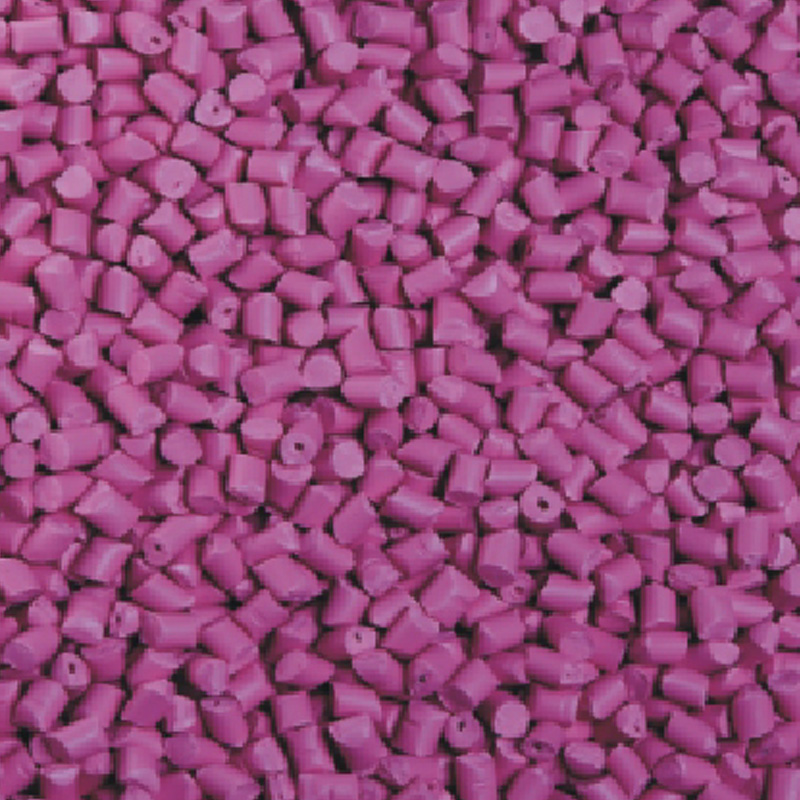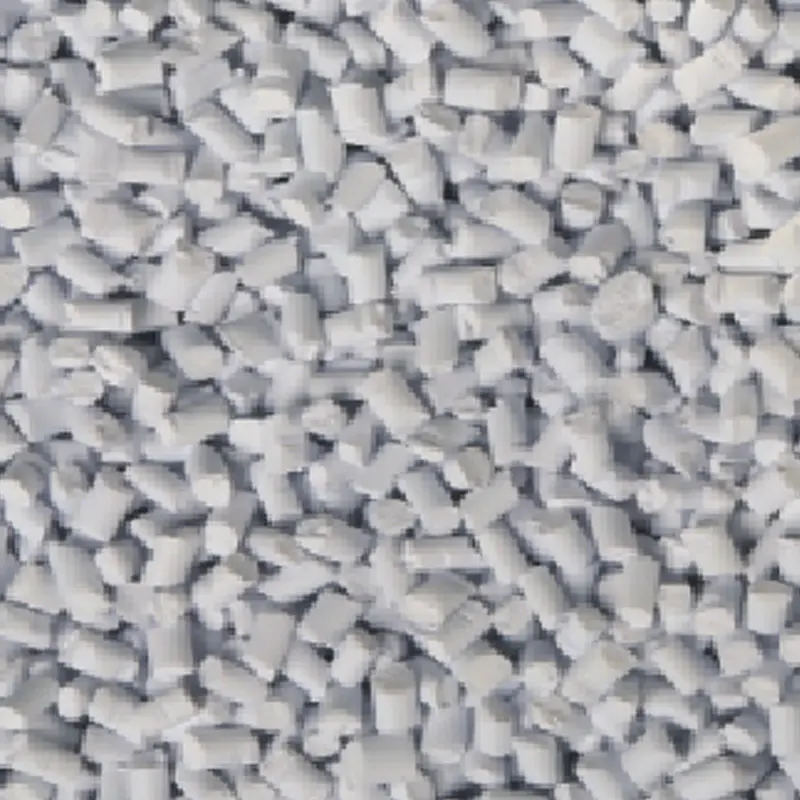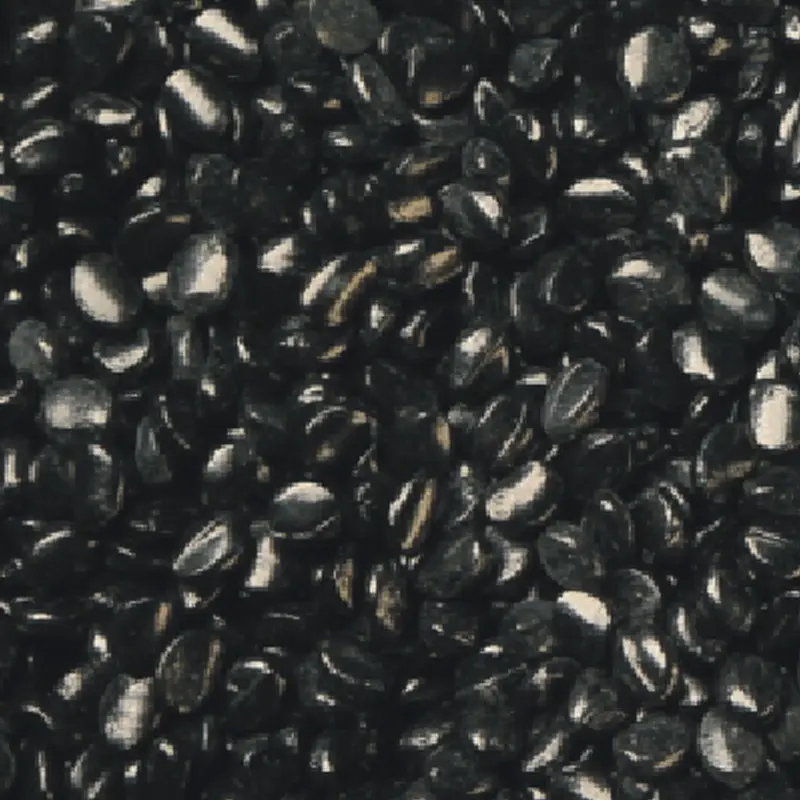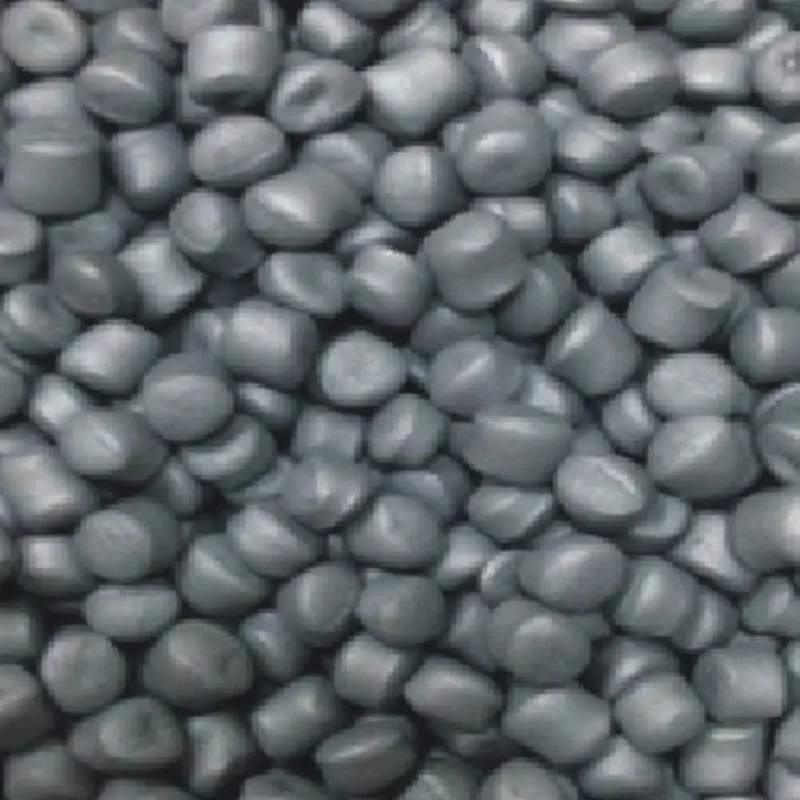The use of Functional Masterbatch has become a regular practice in the plastic manufacturing industry. It offers a convenient way to introduce various additives into plastic products, improving their appearance, functionality, and durability. However, like any material used in industrial processes, the application of Functional Masterbatch can present certain challenges. Recognizing these issues early and understanding how to avoid them can help maintain both product quality and production efficiency.
One of the common issues encountered when using Functional Masterbatch is poor dispersion within the resin. Uneven dispersion can result in inconsistent product performance, noticeable surface defects, or weak areas in the final product. To avoid this, manufacturers should ensure that the Masterbatch is compatible with the base resin and that mixing processes are carefully controlled. Selecting a Masterbatch with similar melt flow characteristics to the base material can help improve blending and consistency during processing.
Another frequent problem involves dosing inaccuracies. Adding too little or too much Functional Masterbatch can cause issues ranging from weak additive effects to processing instability. To prevent this, it is essential to establish a clear dosing guideline based on the type of resin, production equipment, and specific application requirements. Using automated dosing systems can further reduce human error and improve control over Masterbatch usage.
Moisture absorption is another factor that affects the performance of Functional Masterbatch. Certain additives and carriers within the masterbatch can absorb moisture from the environment, especially when stored in humid conditions. Moisture can cause processing issues such as bubbles, voids, or surface imperfections in the final product. To address this, Masterbatch should be stored in sealed, dry conditions and dried before use when necessary, according to the supplier’s recommendations.
Compatibility issues between Masterbatch and base resin sometimes arise, particularly when introducing new formulations into an existing production line. Incompatible combinations may result in defects such as delamination, uneven color, or incomplete additive performance. To avoid this, it’s important to test the Masterbatch with the intended resin under real production conditions. Pilot trials can help detect any processing or quality issues before full-scale production begins.
Another issue involves the stability of the Functional Masterbatch during high-temperature processing. Some additives can degrade or lose effectiveness if exposed to temperatures above their recommended processing range. This can result in a loss of desired properties such as UV resistance, anti-static performance, or flame retardancy. Manufacturers should select a Masterbatch rated for the specific processing temperatures of their equipment and monitor processing conditions closely to prevent overheating.
Color variation is a noticeable problem when using Functional Masterbatch in products where appearance is important. Uneven coloring may occur due to poor dispersion, incorrect dosing, or contamination from previous production batches. Cleaning equipment thoroughly between production runs and using consistent dosing practices can help reduce these issues. Additionally, selecting a Masterbatch designed for color consistency can improve the visual quality of the finished product.
Material waste is another concern, often resulting from incorrect handling or dosing of Functional Masterbatch. Spillage, contamination, or overuse can increase production costs and lower overall efficiency. To reduce waste, workers should be properly trained in handling procedures, storage conditions, and machine settings related to Masterbatch. Regular audits of material usage can also help identify opportunities to improve efficiency.
Some Functional Masterbatch types can affect the mechanical properties of the base resin if not correctly formulated or dosed. For example, a slip agent or anti-block additive may lower the tensile strength or impact resistance of the finished product if used excessively. Careful selection of Masterbatch and adherence to recommended usage rates can help maintain the desired balance between added functionality and base material performance.
Production downtime caused by equipment issues can sometimes be traced back to the inappropriate use of Functional Masterbatch. Some additives may leave residues in processing equipment or affect the flow behavior of the melt, resulting in blockages or uneven extrusion. Preventive maintenance, including regular cleaning and inspection of machinery, is key to avoiding these problems when using Functional Masterbatch.

 English
English Español
Español русский
русский









